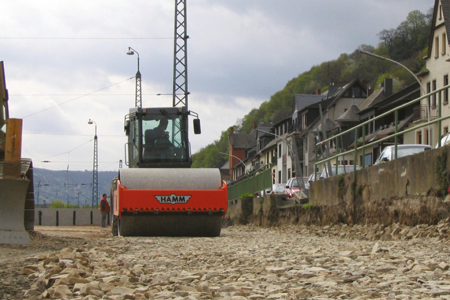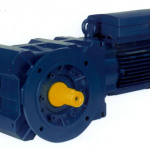Soil compaction is a process of physical consolidation of the soil by applied pressure that destroys structure, reduces porosity, limits water and air infiltration. It is done before building any type of foundation, road, highway, small or big building structures, etc. There is specific compaction equipment, like rammers, smooth rollers, sheep foot roller, etc. that are used to compact soil. This compaction equipment are mostly used in construction industry, but are also common in agriculture.

In construction, soil compaction is very important as it helps create support for building structures. Before laying a foundation, construction companies always proof-roll the area using specific compaction equipment, such as the compaction roller. Compaction roller rolls across marked area to check ground stability and for any deflections. Also, soil compaction is done to:
To increase the strength and capacity of the soil;
To prevent and reduce frost damage and soil settlement;
To provide greater stability;
To reduce erosion damage;
To reduce settling of the soil.
Soil compaction must be done properly, otherwise soil deterioration can occur and result in structure failure. The first thing to do is to determine the type of the soil and then choose one of the few compact techniques: static, impact, vibrating, gyrating, rolling and kneading. All these techniques are based on two soil compaction forces: static and vibratory.
Static force is simply a force applied to soil using just the weight of the machine. As this force applies downward, the soil is being compressed. Vibratory force, on the other hand, is applied downward to the soil using an engine-driven mechanism. Unlike the static force, this force creates an extra downward force along with the weight of compaction roller. If you are not in construction industry and know little about soil compaction, it is better to contact professional and have them do soil compaction.


